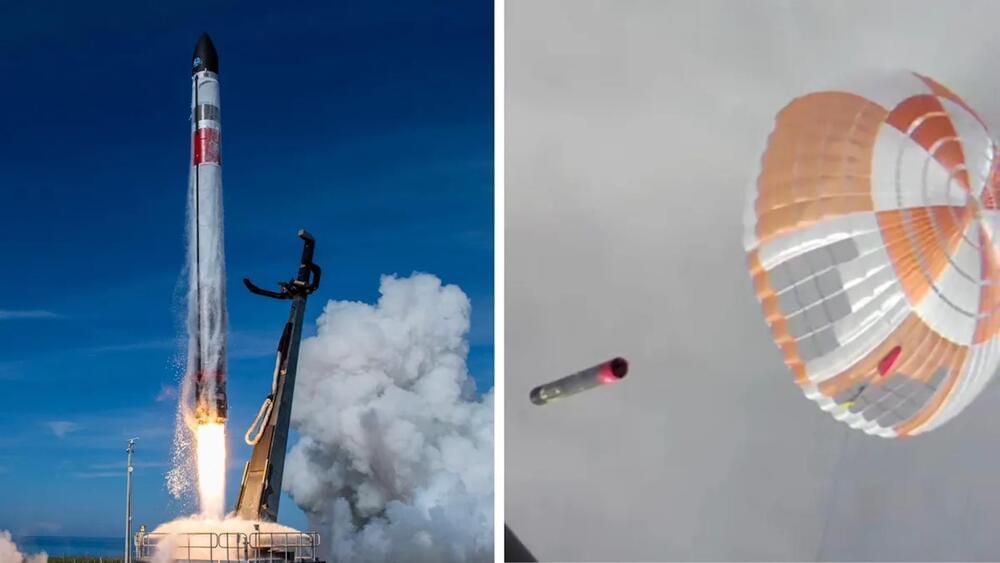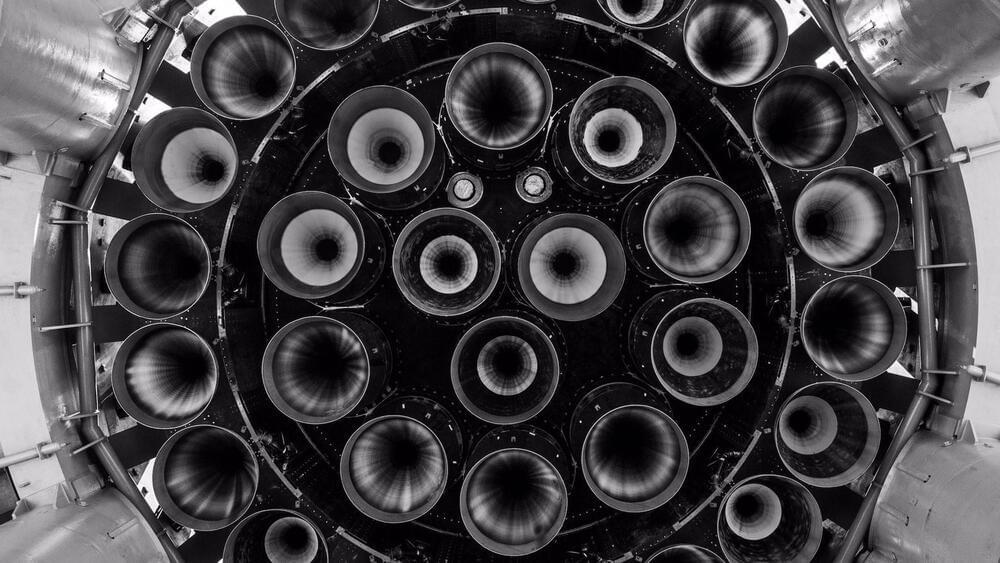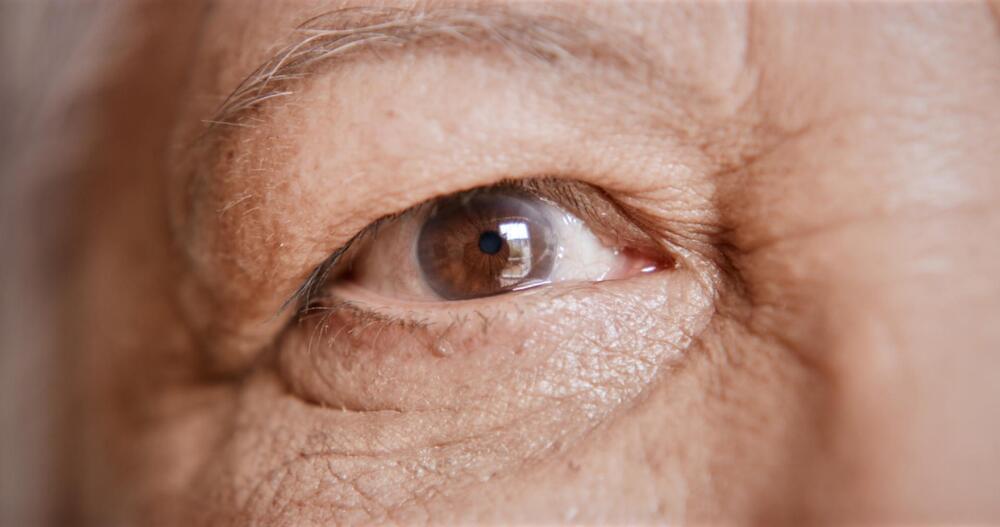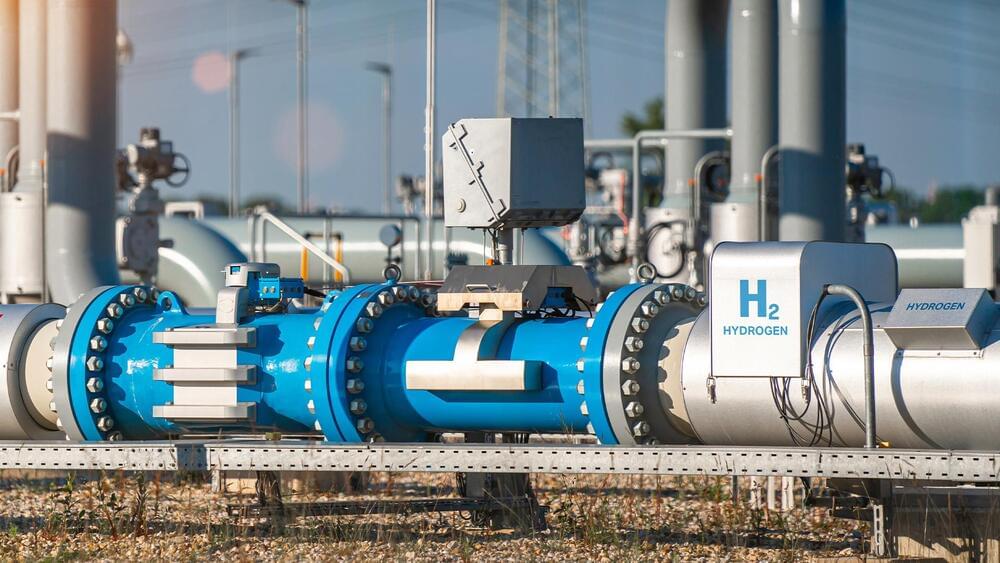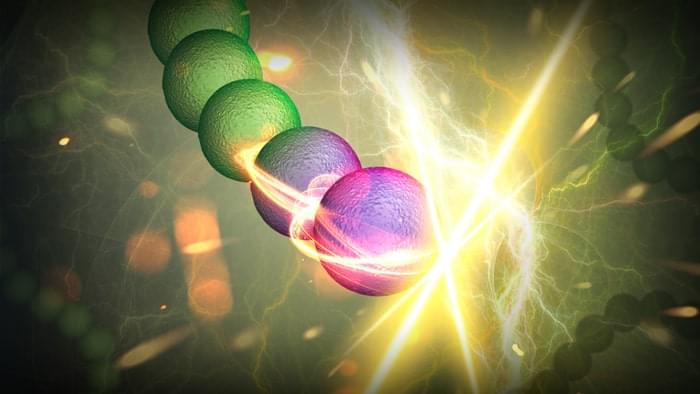Personal computing has gotten smaller and more intimate over the years—from the desktop computer to the laptop, to smartphones and tablets, to smart watches and smart glasses.
But the next generation of wearable computing technology—for health and wellness, social interaction and myriad other applications—will be even closer to the wearer than a watch or glasses: It will be affixed to the skin.
On-skin interfaces—sometimes known as “smart tattoos”—have the potential to outperform the sensing capabilities of current wearable technologies, but combining comfort and durability has proven challenging. Now, members of Cornell’s Hybrid Body Lab have come up with a reliable, skin-tight interface that’s easy to attach and detach, and can be used for a variety of purposes—from health monitoring to fashion.


